Kagan Likely To Win Confirmation
Obama chooses a potential consensus builder to serve on the Supreme Court.

Expect a relatively easy confirmation of Elena Kagan to be the next Supreme Court Justice. Though a loud debate is inevitable -- both sides are geared up for it -- it will mostly be for show. Kagan will face sharp questions from Republicans who’ll complain of her lack of judicial experience and her role in trying to keep military recruiters off the Harvard University campus, but with more than a few defectors likely to join the 59 Senate Democrats, Kagan’s eventual confirmation is not in doubt.
In picking Kagan, President Obama is banking on the long-term strategic value of having a somewhat moderate, intellectual consensus builder to act as a counterweight on an often closely divided and narrowly right-leaning court. At 50, she’ll be the youngest member of the high court, which for the first time in history will have three women.
Kagan, the current U.S. solicitor general and a former Harvard Law School dean, commands broad respect in the highest circles of the legal community and academia. She has never been a judge -- the first such nominee since President Richard Nixon chose William Rehnquist -- but in her frequent arguments before the court, she has easily handled the sharp questioning of the justices and has established a comfortable rapport with most, including conservative Antonin Scalia. As dean at Harvard, she won a reputation for being able to work with all factions, and earned praise for supporting the appointment to the faculty of conservatives Jack Goldsmith and John Manning.

Sign up for Kiplinger’s Free E-Newsletters
Profit and prosper with the best of expert advice on investing, taxes, retirement, personal finance and more - straight to your e-mail.
Profit and prosper with the best of expert advice - straight to your e-mail.
But she also opposed military recruiting at Harvard because of the Armed Forces’ ban on gays. Conservatives are ready to attack her for that and for her lack of experience on the bench. For that matter, there’ll be some expression of displeasure from liberals who want a clear and vigorous advocate to push back on the right-leaning court marked by Chief Justice John Roberts and Justices Scalia, Clarence Thomas and Samuel Alito.
Liberals will also complain that Kagan doesn’t fulfill Obama’s pledge to nominate someone who is in touch with the struggles of ordinary Americans. Kagan had a privileged childhood and spent her academic and legal careers among the elite. Before being named solicitor general by Obama last year, she served the Clinton White House counsel and domestic policy office. Her degrees are from Harvard and Princeton. Liberals are also unhappy with her defense of Obama’s position on a number of terrorism trial issues.
In the end, though, both of the more strident sides of the political spectrum will end up giving Kagan a pass. Neither the far left nor the far right has the political momentum or grassroots groundswell to block her and get the nominee they want. For one, Kagan comes with lots of support and endorsements from respected legal scholars, who, whether they wholly support her limited record of positions, acknowledge her high intellectual acumen and respect for legal precedent and constitutional law.
Kagan fits the mold of the modern lifetime nominee, someone fairly young but seasoned enough, and with high intellectual caliber who could be an influential force, possibly for decades. Kagan would replace 90-year-old retiring Justice John Paul Stevens, who was nominated by President Gerald Ford and who over the years became a liberal anchor on the court.
Obama’s hope is that Kagan can inject strategic consensus building behind the scenes, aiming for instance to build appeal to and influence Justice Anthony Kennedy, a likely swing vote on future cases involving federal regulatory reach, labor law, business class actions and consumer and environmental law.
One downside for Obama: Kagan will have to recuse herself from dozens of early cases because of her office’s involvement in them. That could cost the administration a key vote in cases important to Obama’s goals. The last person to move from solicitor general, the government’s top lawyer, to the Supreme Court was Thurgood Marshall, who disqualified himself from 60 cases in his first term.
As the confirmation process begins, Republicans will put a brake on lower-court judicial nominations and possibly hold up nominations through the end of the year. Figuring they’ll pick up Senate seats in the election, the GOP anticipates more leverage and influence next year in shaping the entire federal bench, and they may gain some credit with their party base by slowing action on Obama nominees, especially if they allow Kagan’s nomination to move forward.
Majority Leader Harry Reid of Nevada won’t burn precious Senate floor time on federal judicial nominations if he doesn’t have the votes to break a filibuster -- and if he steers Kagan to confirmation.
Republican leaders, for that matter, will have to weather criticism that broad holds on Obama nominees are hurting the judicial branch. The current vacancy rate in the federal court system is 12%. That’s a little higher than it was throughout George W. Bush's years. That’s not a crisis, although federal judges are complaining they are buried in case work and are relying on retired senior federal judges to help out.
To date, 11 of Obama’s 44 District Court judge nominees have been confirmed. Also, nine of Obama’s 19 appellate court nominees have been confirmed. For comparison, at the same time in his presidency, George W. Bush had 37 of 69 District Courtjudge nominees confirmed and nine of 29 appellate court nominees confirmed.
Even with Kagan likely to be confirmed and Sotomayor now on the court, Obama has a long way to go before ensuring a long and lasting mark on the federal bench. Making lifetime appointments is perhaps the longest-living policy legacy a president has. In modern times, presidents often nominate judges who are fairly young and of the same ideological lean as the administration. Many appointees serve in the federal courts for decades, and their impact can be tremendous, especially since the majority of cases are not taken up by the Supreme Court and are ultimately decided at the lower court level.
Of the current federal bench, including the Supreme Court, appellate courts, district courts and federal bankruptcy courts, only 3% are Obama appointments, 41% are from George W. Bush, 36% are from Bill Clinton, 11% are from George H.W. Bush, 8% from Reagan, 1% are from Carter and less than 1% are from Ford and Nixon. Only one remaining federal judge was nominated by Lyndon Johnson.
Get Kiplinger Today newsletter — free
Profit and prosper with the best of Kiplinger's advice on investing, taxes, retirement, personal finance and much more. Delivered daily. Enter your email in the box and click Sign Me Up.

-
 Stock Market Today: Stocks Gain on Tech, Auto Tariff Talk
Stock Market Today: Stocks Gain on Tech, Auto Tariff TalkThe Trump administration said late Friday that it will temporarily halt tariffs on some Chinese tech imports.
By Karee Venema
-
 Sam's Club Plans Aggressive Expansion: Discover Its New Locations
Sam's Club Plans Aggressive Expansion: Discover Its New LocationsSam's Club expansion plans will open up to 15 new stores each year. Learn where they plan to open in 2025.
By Sean Jackson
-
 AI Regulation is Looming: Kiplinger Economic Forecasts
AI Regulation is Looming: Kiplinger Economic ForecastsEconomic Forecasts Find out what Washington and regulators have planned for artificial intelligence.
By John Miley
-
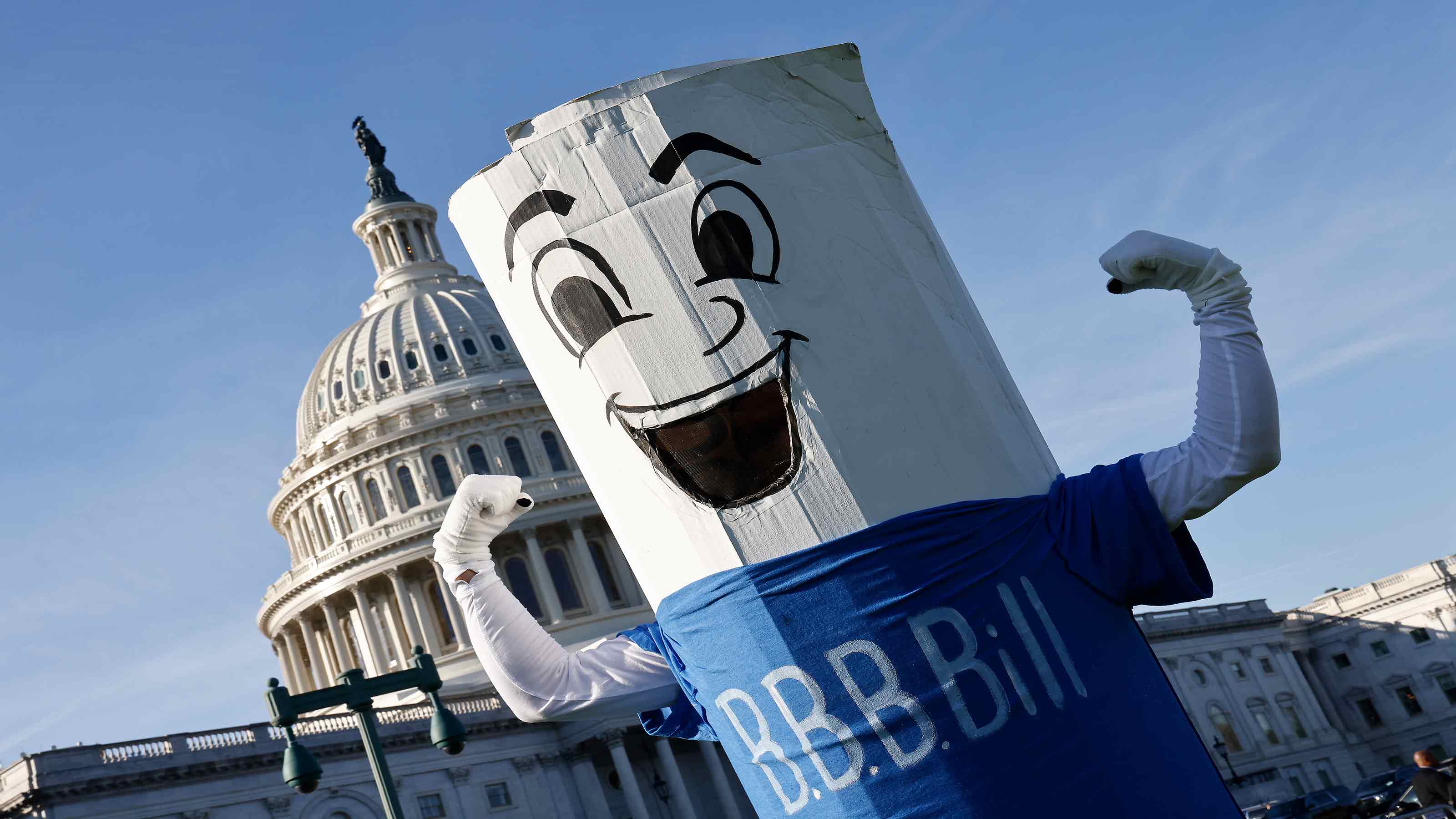 The Biden Tax Plan: How the Build Back Better Act Could Affect Your Tax Bill
The Biden Tax Plan: How the Build Back Better Act Could Affect Your Tax BillPolitics Depending on your income, the Build Back Better Act recently passed by the House could boost or cut your future tax bills.
By Rocky Mengle
-
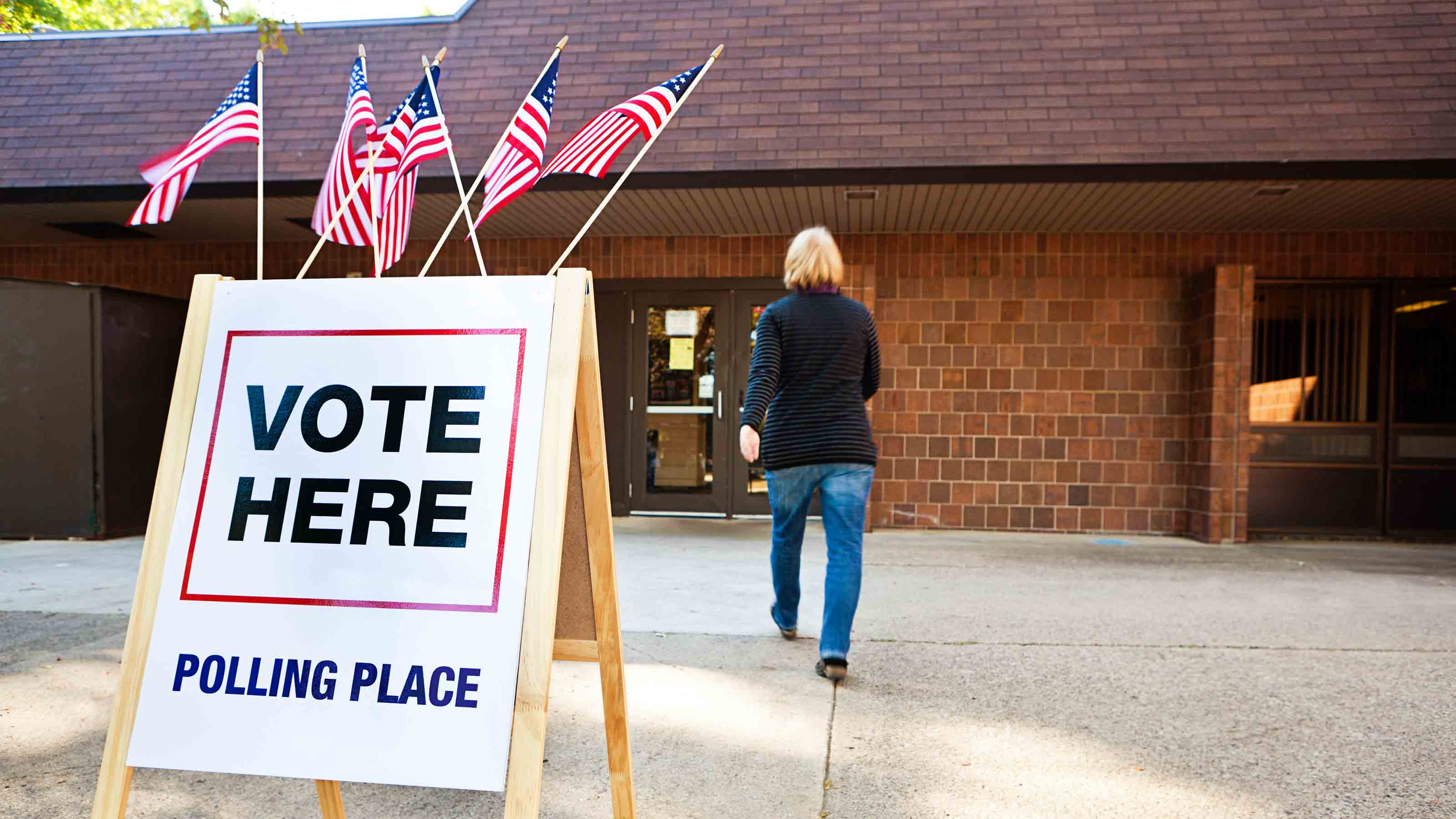 Kiplinger's 2020 Election Forecast
Kiplinger's 2020 Election ForecastPolitics For nearly a century, The Kiplinger Letter has forecasted the outcome of presidential elections to keep readers informed of what's coming and what it means for them. Here's our call for 2020.
By The Kiplinger Washington Editors
-
 The 2020 Election and Your Money
The 2020 Election and Your MoneyPolitics We’ve assessed how the presidential candidates’ stances on financial issues will affect your wallet.
By the editors of Kiplinger's Personal Finance
-
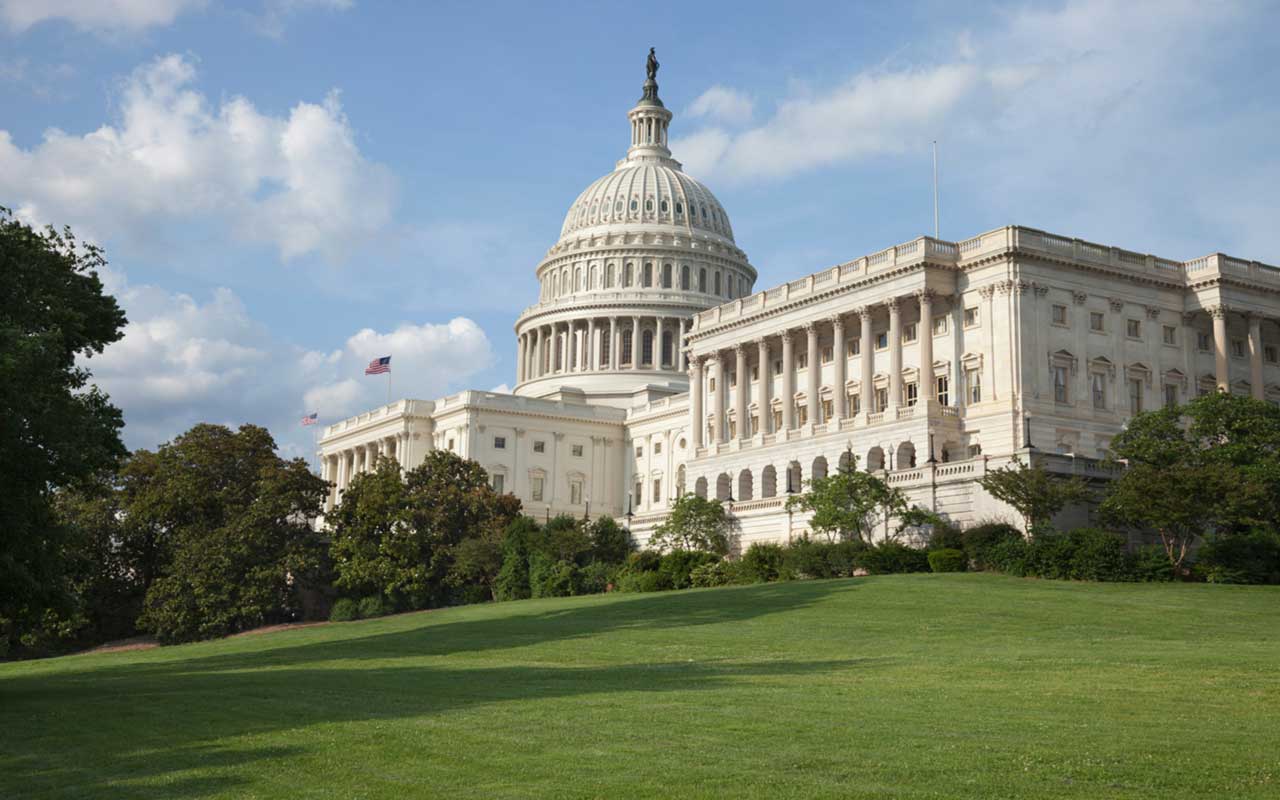 5 HEROES Act Provisions with a Good Chance of Becoming Law
5 HEROES Act Provisions with a Good Chance of Becoming LawPolitics The massive federal stimulus bill just passed by the House of Representatives is "dead on arrival" in the Senate. But a few proposals in the bill have enough bipartisan support to eventually become law.
By Rocky Mengle
-
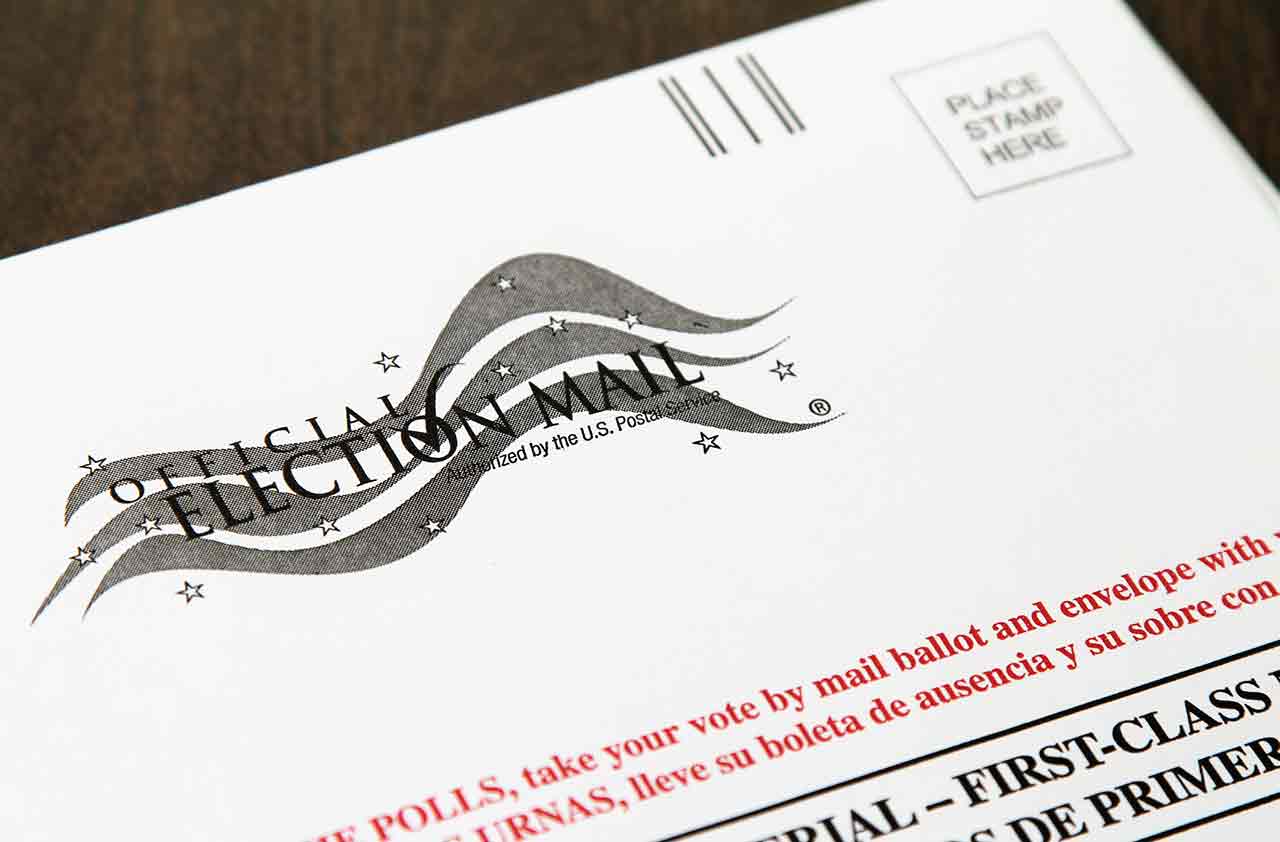 Vote by Mail: A State-by-State Guide to Absentee Ballot Voting
Vote by Mail: A State-by-State Guide to Absentee Ballot VotingPolitics With health authorities recommending people continue to social distance, the idea of voting by mail is becoming an increasingly hot topic.
By Rivan V. Stinson
-
 9 Ways COVID-19 Will Change the 2020 Elections
9 Ways COVID-19 Will Change the 2020 ElectionsPolitics The 2020 election will be like no other in history, as the COVID-19 pandemic will upend the business of politics as usual.
By Sean Lengell
-
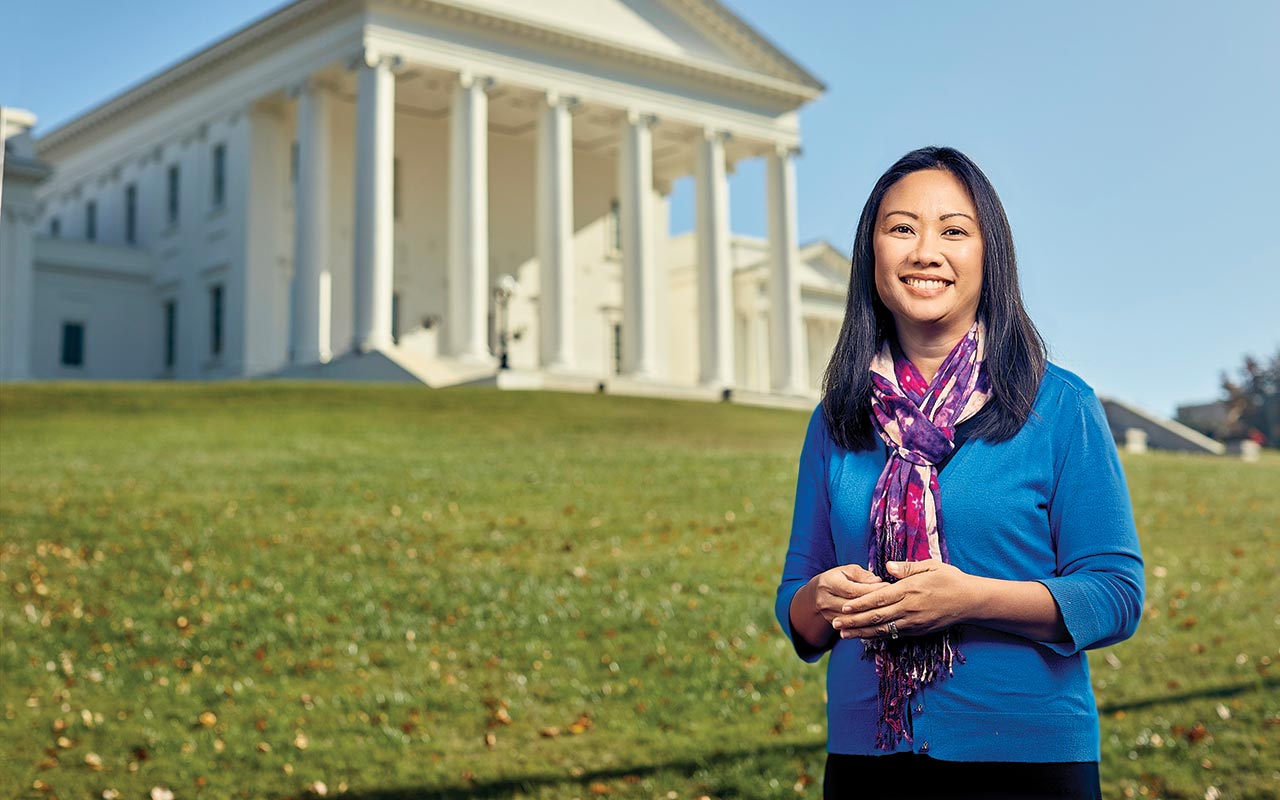 How to Run for Local Office
How to Run for Local OfficePolitics If you’ve ever thought that you could do a better job than the elected officials currently in office, here’s how to launch a campaign—and win.
By Kaitlin Pitsker